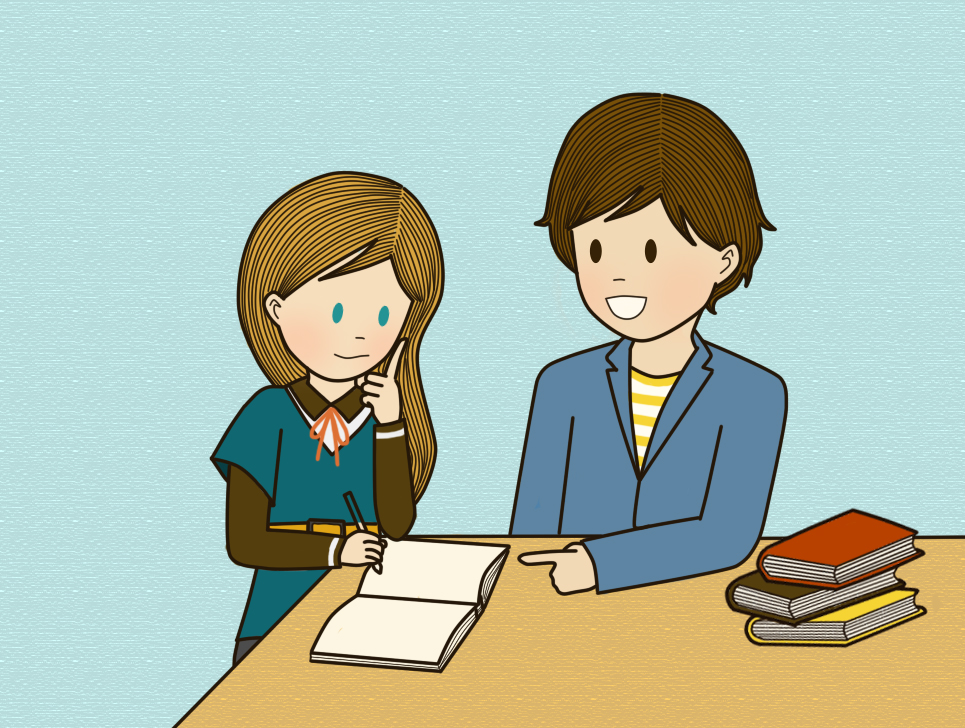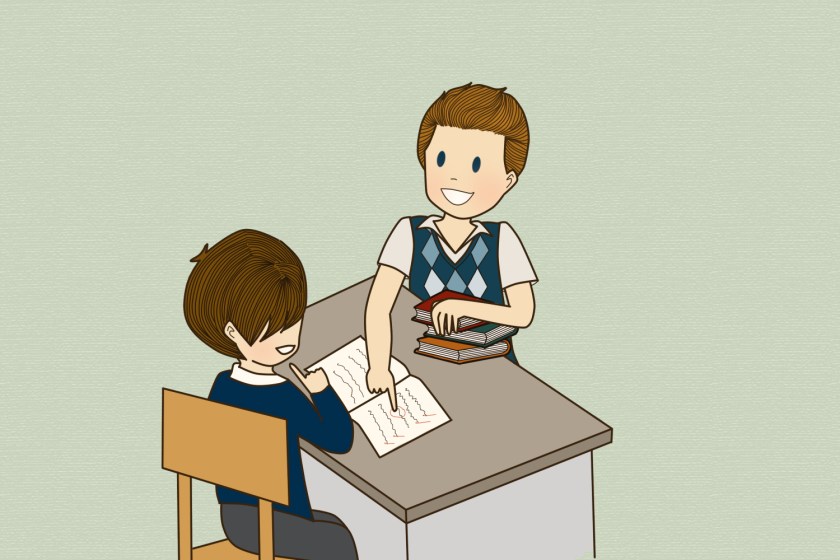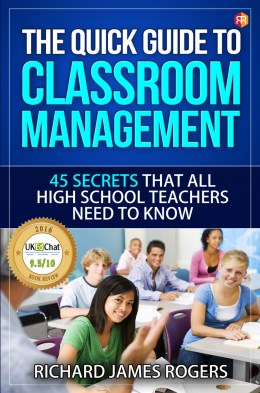An article by Richard James Rogers (Author of The Quick Guide to Classroom Management).
Illustrated by Sutthiya Lertyongphati
I’ve also made a video to go with this blog post here:
At this time of the year we start thinking about possible ‘New Year’s Resolutions’: things that we resolve to do better next year. Targets we aim to achieve. New goals that we set for ourselves.
I believe that teachers should have a separate set of ‘teacher resolutions’, and I’d like to share mine with you for 2019. Maybe some of my New Year Teacher Promises can become your promises too?
1. I will provide high-quality feedback to all of my students
Feedback is everything in teaching. It is the best way to help students improve. However, do we always give the best feedback we can?
John Hattie knows the power of good feedback:
Ask why we ever set tests; indeed, the best answer to this question is ‘so that we, as teachers, know who we taught well, what they mastered or failed to master, who made larger and smaller gains, and what we may need to re-teach’. Tests are primarily to help teachers to gather formative information about their impact. With this mind frame, the students reap the dividends.
The way I would put it is this: Students need to know WHAT they’ve done wrong and HOW to fix it. They also need to know what they’ve done well, so that they can keep doing that in the future.
I was rather alarmed in 2015 when the son of a family friend brought home this maths homework that had been returned to him from his school:
From this we see that the student had been told which questions were wrong, along with the correct answers, but had not been shown HOW to get those answers.
He hadn’t been shown the mode of operations needed to calculate the areas (the formula you see on the work, consequently, is my annotation as I was tutoring him that day).
The teacher who marked this work was probably very busy, as most teachers are. However, there are a number of well-established methods for showing students how to fix their problems which don’t eat into our free time:
- Peer-assessment: providing students with the official worked solutions and allowing them to swap work and make full corrections
- Self-assessment: same as peer-assessment except the student marks their own work
- Automated assessment: this is when a computer programme marks work for the student. Programmes and websites like Kahoot!, MyMaths, EduCake and ProProfs are becoming more and more popular because they provide instant feedback and require zero marking time from the teacher.
- ’Live-marking’: this one is simple. Go around the class whilst the students are doing a task and mark their work in ‘real-time’. Alternatively, call students to your desk one-at-a-time and mark their work in front of them, then-and-there.
Live-marking, the last one I mentioned, is so powerful that I made a whole-video about it here:
There’s no way around the issue of marking – it’s vital. Marking doesn’t always have to be written traditionally by a teacher, but somewhere along the line the feedback needs to be written somewhere – whether that’s on a Google Doc by another student, on a test by the student who took it or on a piece of homework by a teacher.
My first promise is an important one – my students will always receive deep, meaningful feedback. It’s the only way they can improve.
2. I will care and I will show that I care
Caring is possibly the most important thing a teacher does every day. We entered this profession because we care, and when we care we have the following effects on our students:
- We raise their self-esteem
- We increase their enjoyment of our subject
- We remind them of their achievements and character, which builds self-identity and resilience
We can show that we care in very simple ways:
- Saying ‘Hi’ and “Good morning’ to our students and having conversations with them: this builds up rapport and shows that we value them and that we have a genuine interest in their well-being
- Gathering professional intelligence: remembering our students hobbies, interests and life-events and capitalizing on those in the lesson-planning and assessment process
- Being vigilant: remembering the things they’ve done well and immediately addressing and slip-ups and ‘falls’ in attainment. Providing ‘second-chances’ for students to redeem themselves. Following up. Monitoring progress on a regular basis.
3. I will communicate effectively with parents
- Parents are our friends, not our enemies. They generally want the best for their children, which is what we want too.
- Our parents are our customers, and we have a duty to provide the highest-level of service to them.
- When parents feel valued and encouraged to contribute to the life of the school, they can often bring amazing logistical help, resources, ideas and contacts to the school-community
I honestly believe that the full deployment of parents in the teaching profession has the power to make big changes to schools.
Some ways that teachers can build-up good professional relationships with parents are as follows:
- E–mail: After any chat or parent’s evening/consultation, e-mail the parent to summarise what was discussed (just like you would with an important business client or customer)
- Say ‘Thank you’: I recently received some beautiful Christmas presents from a number of students and parents. It was a lovely gesture and a lot of thought (and expense) went into those gifts. I had to e-mail my gratitude.
- Chat: When we see parents at school or out of school, we should take the time to say ‘hi’. Conversations like these can yield very interesting insights into the ‘home-lives’ of our students and can often provide new information and open new doors.
A good example of the ‘fruits’ of a good chat came to me only last month.
I bumped into a parent in my school’s coffee shop and we had a short conversation. I found out that she worked with a number of scientists in her professional life, and as a result of our conversation she agreed to put one of my CREST Award students in touch with a scientist to act as her mentor.
Who knows where that contact could lead in the future?
How about you?
What are your ‘teacher promises’ for 2019? Have my promises inspired you to make some of your own? Feel free to comment in the box below and please share this article!
Happy holidays!
Richard

We welcome you to join the Richard Rogers online community. Like our Facebook page and follow us on Twitter for daily updates.
























































